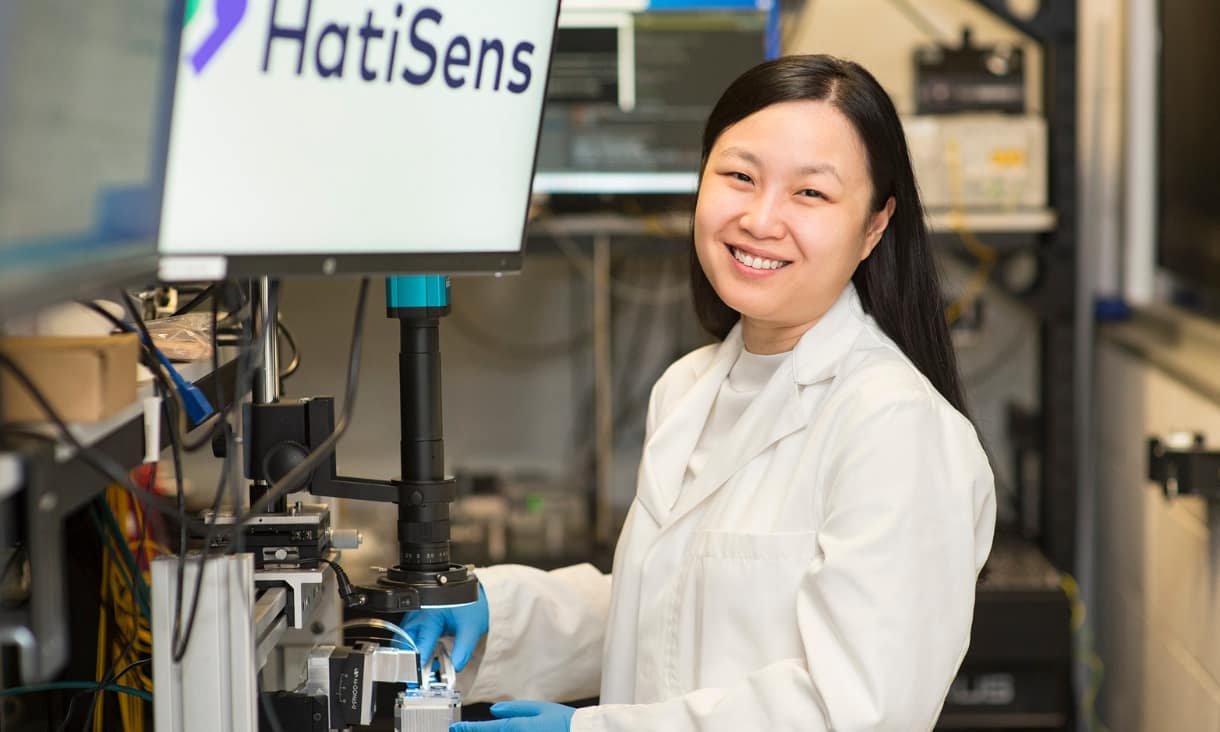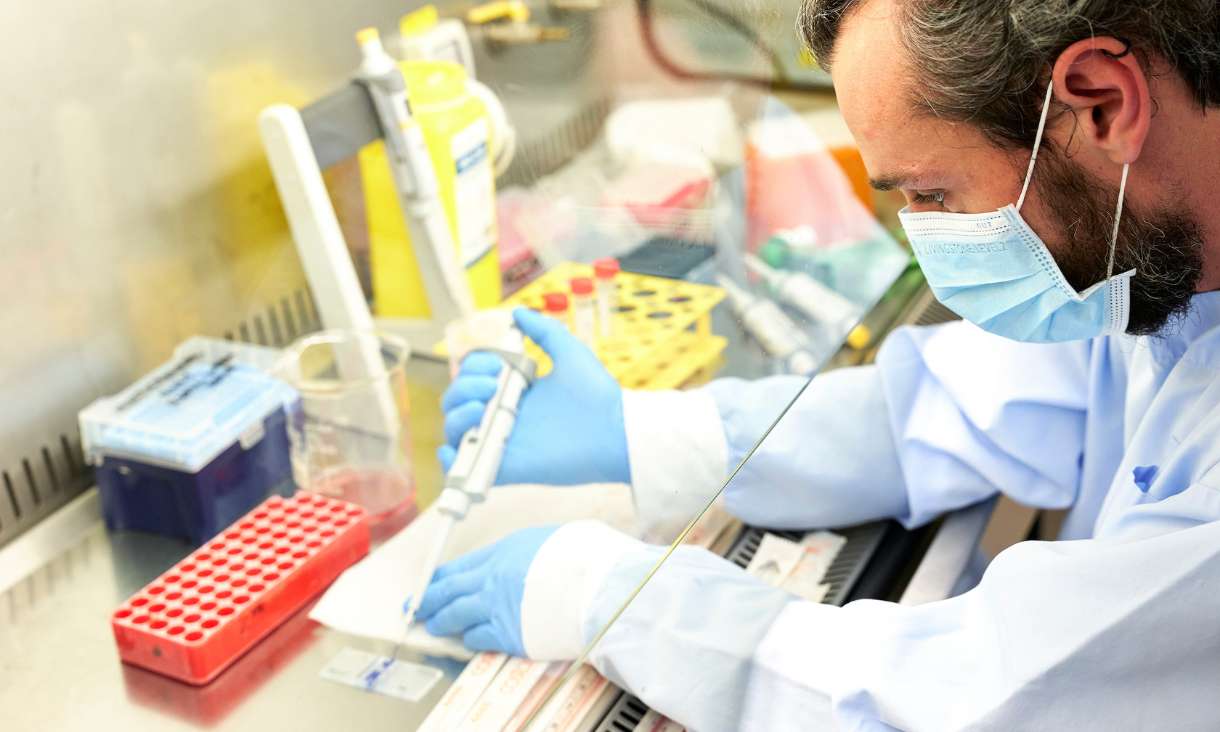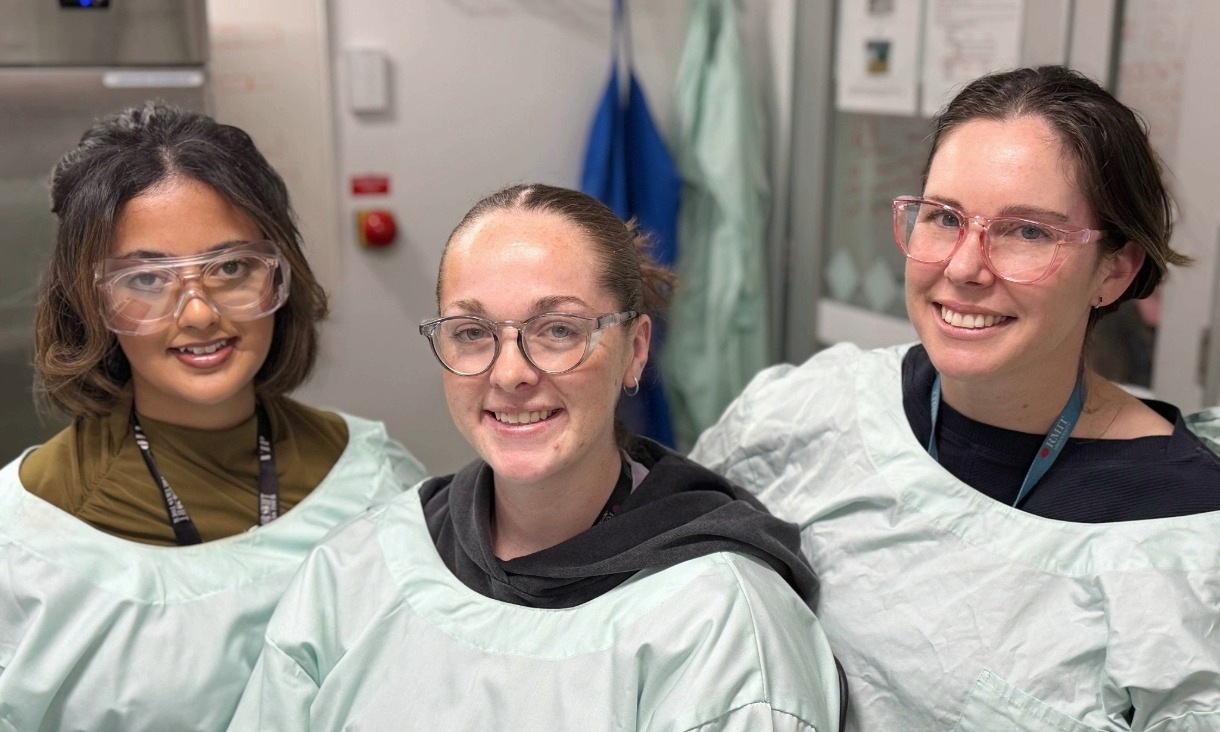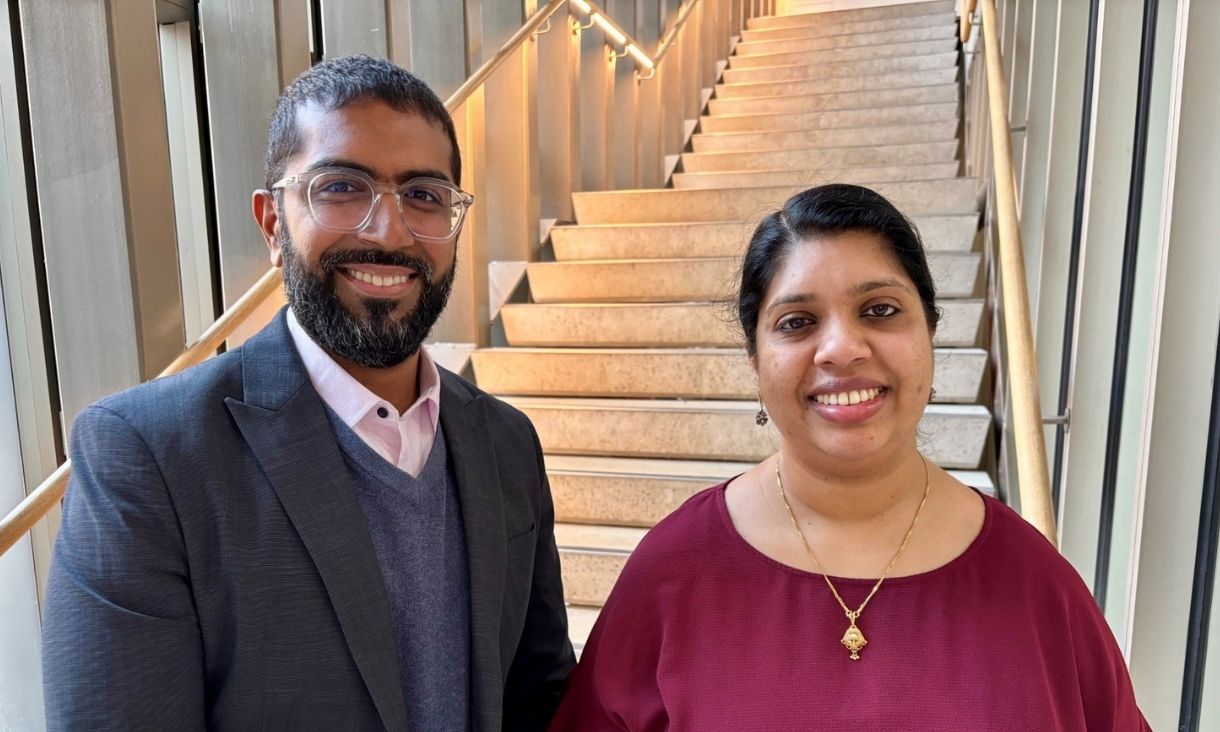Beh says she is developing a silicon-based sensor that uses light to detect troponin in the blood with great precision.
“I really wanted to do a PhD that had an application and translation value,” she said.
After working in the education industry and keeping her eyes open for an appropriate PhD project to join, she was told there was a team in RMIT who focused on industry-led experiences and real-world applications that would be a perfect fit for her unique skills.
“They were looking for a candidate who had a biomedical background but who was willing to join an engineering team. So, they hired me for three months to test out whether I liked the project. And then I did, officially starting my PhD in 2018.”
The power of science communication
With a background in biochemistry and biotechnology, Beh took an active role in science communication, explaining the health implications of the research to her more mechanically minded co-students.
“My mission was really to just explain what I do in much simpler language in a way they would be interested in,” she said.
Building on this experience, Beh was able to take her research to a broader audience as part of an industry pitching competition that she heard about through RMIT connections. Through this process, she secured a place in a flagship 15-month accelerator program that helped her develop own start-up called HatiSens.
HatiSens aims to commercialise her research into a portable medical device that will help detect heart attacks faster and more accurately to guide clinical treatment.
“It's been rewarding and very challenging,” Beh says of her time getting HatiSens up and running.
She manages the day-to-day activities at HatiSens while continuing to work on the research that makes up her PhD.
Taking every opportunity
Beh was able to further develop her research and communications skills thanks to the opportunities afforded to her as a PhD candidate at RMIT.
She says the RMIT Intellectual Property and Commercialisation team were instrumental in helping her start-up.
“The grant writing team at RMIT are also assisting with honing my skills in this area for future funding opportunities,” Beh says.
This year, Beh also took part in the 3-Minute Thesis Competition where she had one of the top ranked entries.
She praises her PhD supervisors Dr Cesar Sanchez Huertas and Distinguished Professor Arnan Mitchell for guiding her to build on her research, whilst pursuing her science communication skills.
“My supervisors helped me the most. They always said, ‘think about your research more broadly and the impact it will have. Concentrate on the why, and tell a story’.”
PhD and Higher Degree by Research (HDR) candidates at RMIT can experience tailored experiences built on impact-led learning, co-curricular collaboration and life-changing study that can open doors to diverse career opportunities.
Undergraduate students can find out more and explore opportunities on the RMIT website.
Story by: Nick Adams








